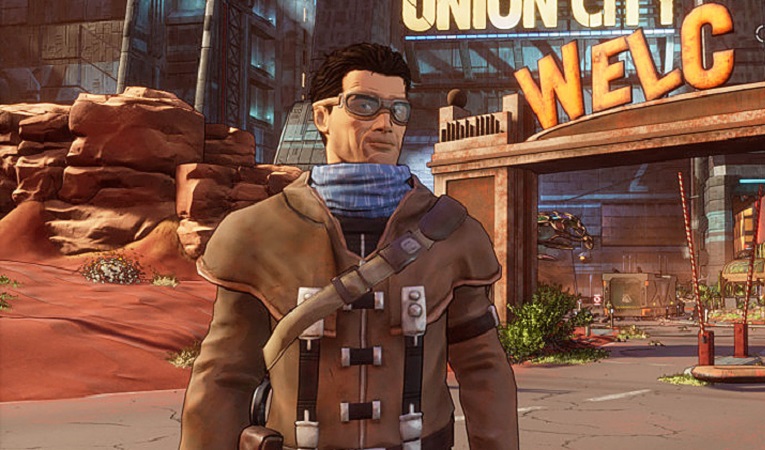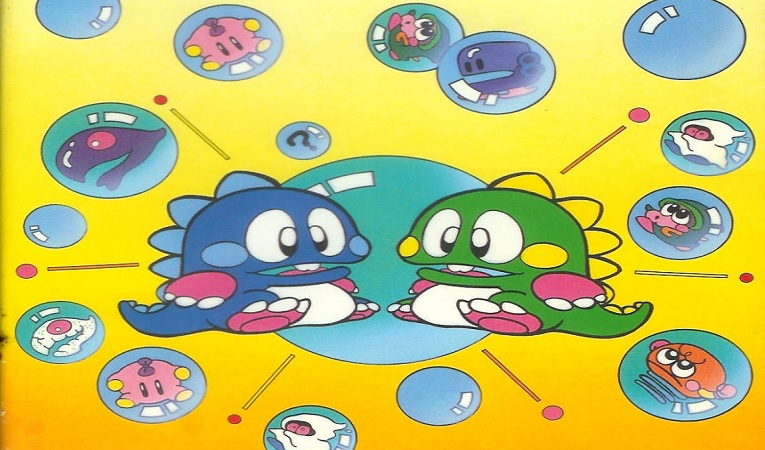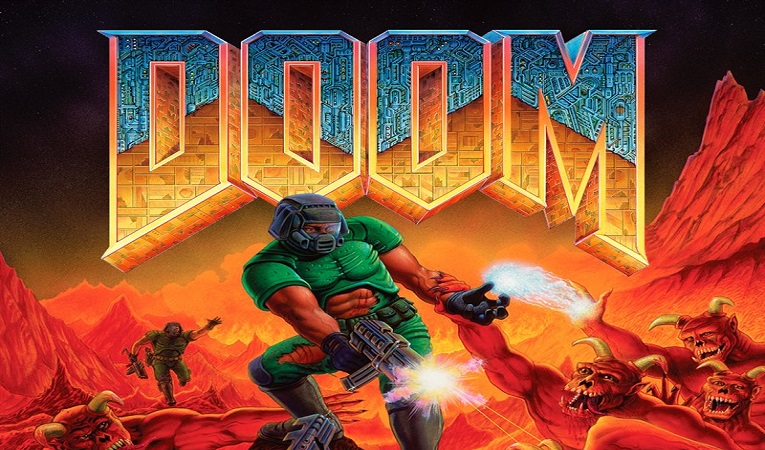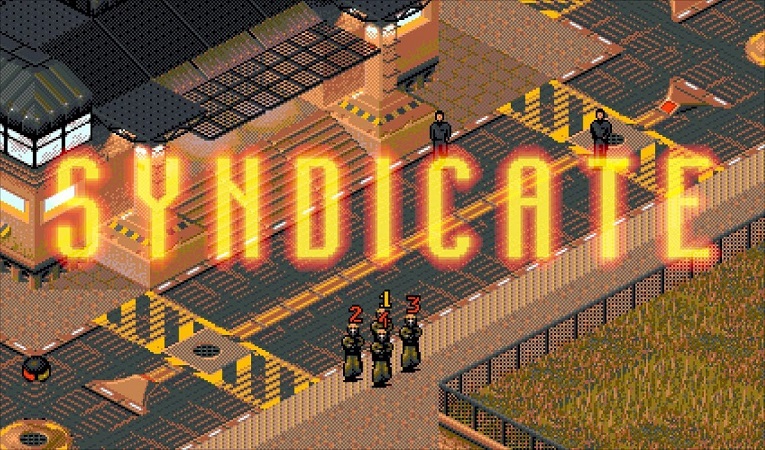
In August 1993, Bullfrog Productions released “Syndicate” for the Amiga, a groundbreaking game that would go on to redefine the cyberpunk genre and leave a great mark on gaming history. Developed by the legendary Peter Molyneux and his team, “Syndicate” offered players a dystopian vision of the future, where mega-corporations wielded power over the world. With its innovative gameplay mechanics, immersive world-building, and cyberpunk aesthetics, “Syndicate” remains a classic that showcased the potential of the Amiga platform. At its core, “Syndicate” was a real-time strategy game set in a dark, dystopian future. Players assumed the role of a Syndicate executive tasked with controlling a team of cybernetically enhanced agents. The game’s isometric perspective provided a top-down view of the urban environments, enabling players to navigate the city streets and buildings.
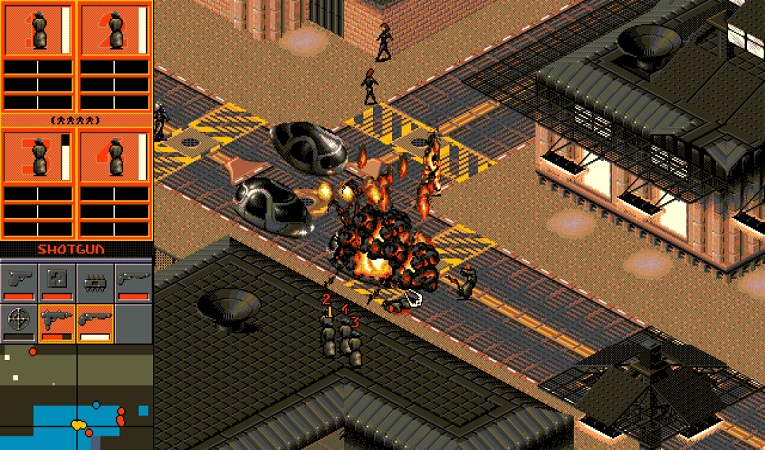
A defining feature of “Syndicate” was the control players had over their team of agents. These agents could be equipped with a range of cybernetic enhancements, weaponry, and equipment. From rocket launchers to cloaking devices, players had the tools to customize their agents for specific missions. This customization aspect allowed for creative and strategic gameplay, encouraging players to experiment with different loadouts to overcome challenges. The game was divided into missions, each presenting a unique objective, such as assassinations, extractions, or sabotage. The open-ended design of the missions allowed players to approach objectives in multiple ways. Whether opting for stealth, brute force, or a combination of both, the gameplay accommodated various playstyles. The dynamic environment, coupled with enemy AI, demanded tactical planning and strategic decision-making. The Amiga version of “Syndicate” showcased the technical prowess of the platform. The game’s graphics, though limited by the hardware, managed to convey the gritty cyberpunk aesthetic effectively. The isometric perspective and detailed character models, combined with atmospheric lighting, contributed to the game’s immersive atmosphere. The Amiga’s sound capabilities also played a significant role in enhancing the experience, with its eerie electronic soundtrack and digitized sound effects.










